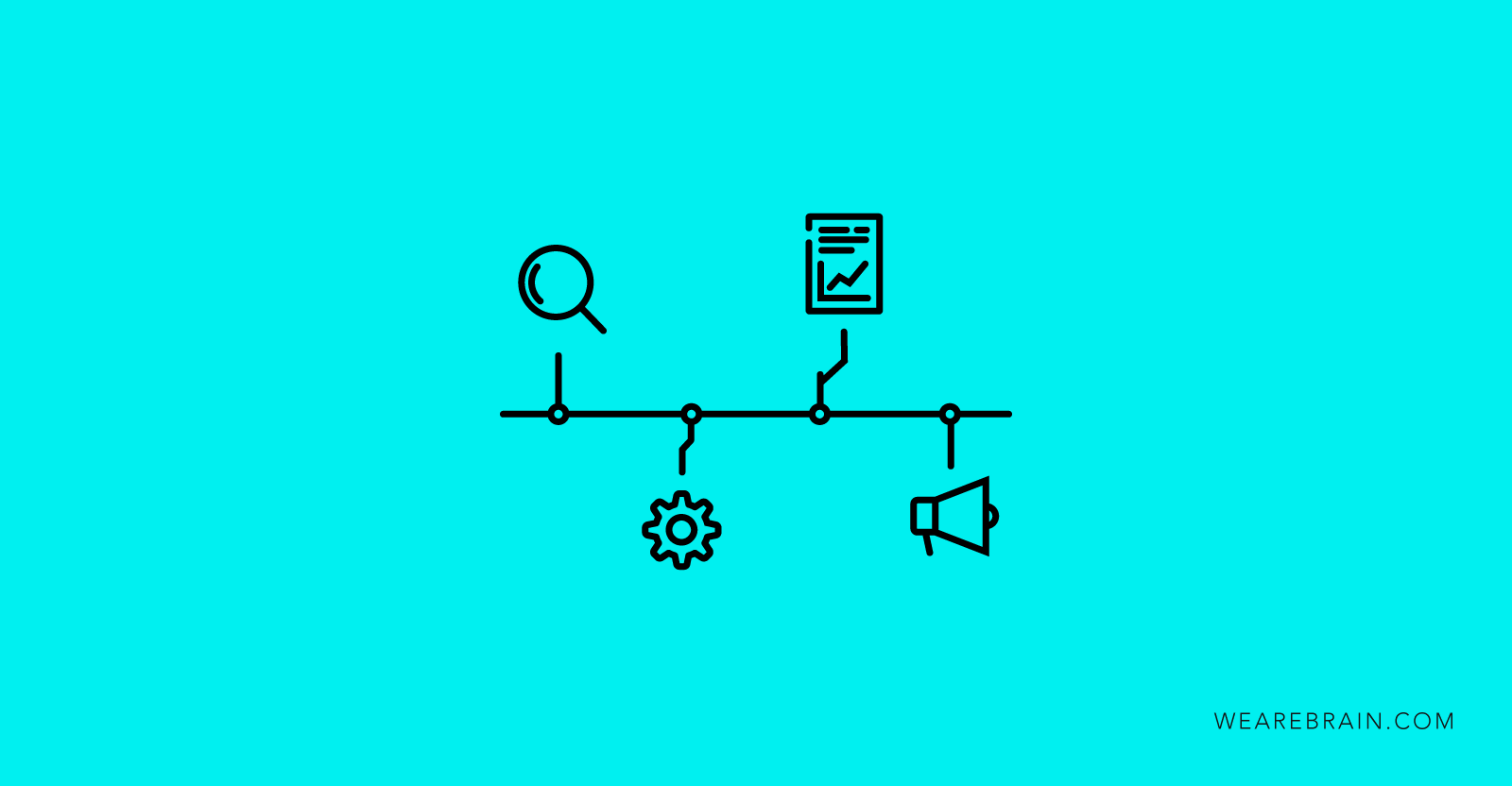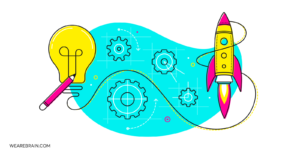Demystifying AI Part 1: What does an AI Engineer do?

WeAreBrain is very into AI (just in case you hadn’t noticed already) and it’s because of this that we devoted hours, days and months launching our own RPA venture last year called Tur.ai, which officially turned 1 in April. Working in the AI tech space has shown us that artificial intelligence largely remains a mystery for many if not most people. Knowing this made us sad 🙁 .
So, to help navigate its complexities, we’re going to try to demystify AI for you in our new article series on everything that is AI-related, from what an AI engineer does all day to a roadmap that will help you plan your first AI project, to the industries and projects that suit AI solutions best.
Our first article is a small introduction to the topics mentioned above, in weeks to come we will do a deep dive into each and really give you a sound understanding of what is involved in building and executing successful AI solutions. So get strapped in and let’s get started!
But first…
To begin there are a few basic elements that need to be understood specifically which areas AI intervention is most beneficial from a business sense. Take a look at the below table showing 5 successful applications for AI in business. (we’ll also get into more detail on this in upcoming articles).
You want to get started on a new AI development project but you aren’t sure which steps you should take to kick things off? Well, if you’re doing it right then you should have a dedicated tech team eager to get stuck in. Your average tech team includes a few developers, data analysts, UX designers and a bunch of software engineers. Now, you may have wondered to yourself what exactly these guys spend their time doing in the office (apart from making Star Wars puns and finishing all the coffee in the office cantine). Well, allow us to illuminate.
Here are the 4 primary functions of your tech team/coffee gang when it comes to planning and implementing new AI projects:
1. Data collection
Your Data Analysis team collects, cleans and tags the training dataset from your data or open-source datasets. In order to use the data we collect to develop AI and machine learning solutions, it must be collected and stored in a way that makes sense for your business problem at hand. Your data analysts do the searching, sifting and sorting for you.
2. Literature review
Your team will study and review a wide range of scientific papers to find the most suitable algorithms for each solution. Tech teams from around the world are constantly trying and testing new algorithms to advance our capabilities, so there is a continuous supply of new and updated information to choose from to find the perfect solutions.
3. Model development
After sourcing the right algorithms, your team prepares multiple experiments to find the most accurate model. There is a lot of trial and error involved here but each failed model is one step closer to finding the perfect solution.
4. Software development
Your full-stack developers build an end-to-end application which should be both intuitive and easy to use. This is the final part and the one which most people see as it unveils your tech team’s work, but all the steps leading up to this point are crucial in finding and developing the right solution for your business needs.
Now that you know what it is that your tech teams actually do from day to day, you need to build a successful AI development pipeline in order to identify what needs to be done and the way in which you achieve this. This pipeline is broken down into four steps.
The four steps in building an AI solution
1. Analysis
Your team needs to perform an internal analysis regarding possible machine learning applications.
2. Development
Once the right machine learning application has been secured and verified, your team needs to develop and deploy the application.
3. Audit
Once the machine learning application has been developed and deployed, your team needs to perform audits of the data science stack and existing machine learning applications.
4. Transfer
You and your team need to organise regular workshops for technical and business executives to transfer the knowledge and information pertaining to your latest successful AI development deployment.
The best way to get started is to use an AI Canvas which will help you and your tech team to be in a position to make AI magic. WeAreBrain frequently uses one to assist us with laying out our plan before we execute so our team is on the same page — literally.
When filling out your AI Canvas, make sure you describe in detail what the value proposition would be in your chosen AI case. Remember to include and answer all the major W questions — who, what, why, where and how. These will make your plan much easier to follow and execute.
Your tech team of nerds and marketing team of hipsters will need to work closely together in order to promote your AI development solutions, so a clear and easy-to-understand roadmap is essential to avoid any unnecessary hiccups along the way.
In our next few articles, we will go into more detail around building a successful AI roadmap and then deep dive into successful categories and applications for AI in big organisations. We’ll even give you a step-by-step guide to filling in your own AI canvas. At the end of it all, you should be a bit of an AI planning veteran. Keep your eyes open for our next instalment in Demystifying AI!
Mario Grunitz
Working Machines
An executive’s guide to AI and Intelligent Automation. Working Machines takes a look at how the renewed vigour for the development of Artificial Intelligence and Intelligent Automation technology has begun to change how businesses operate.







